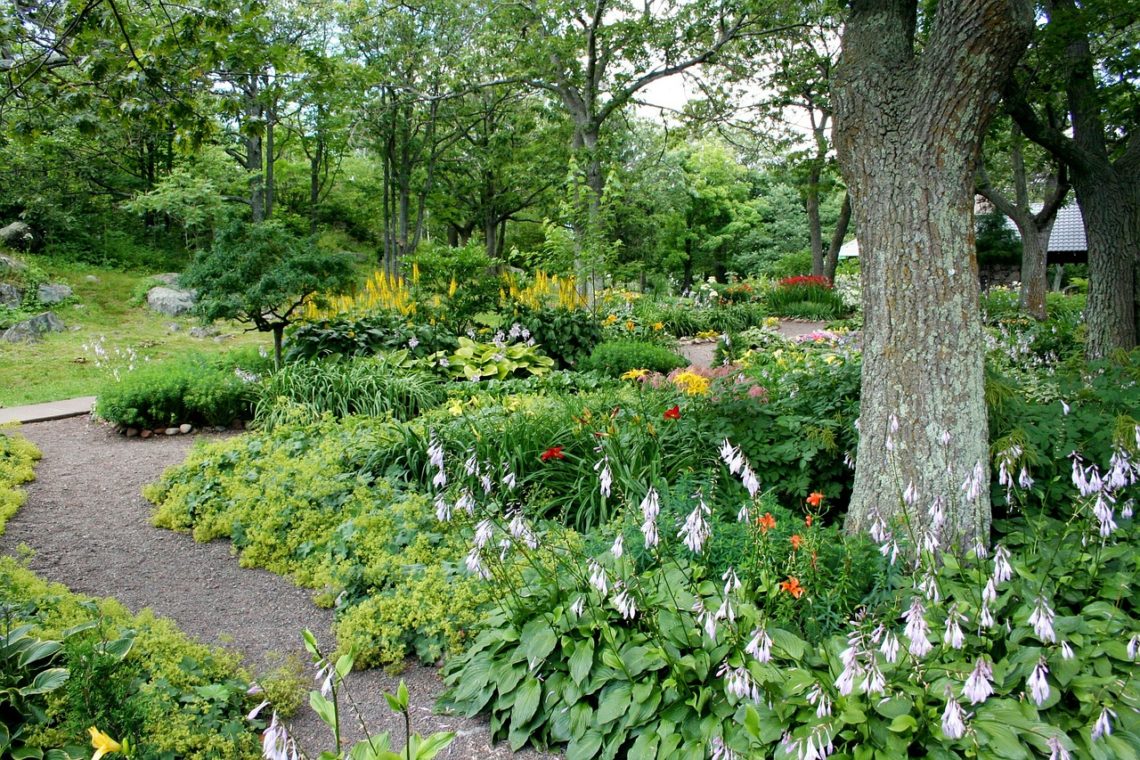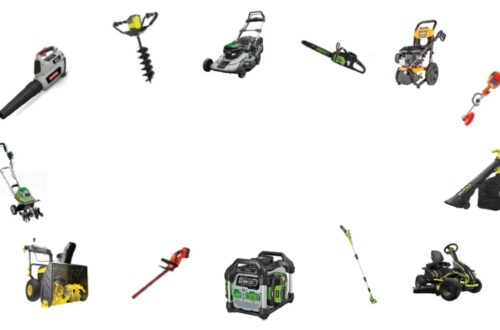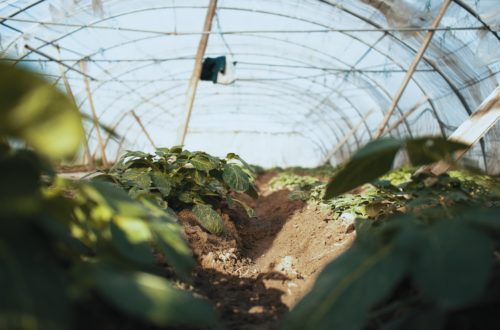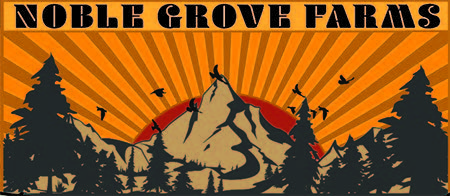This article was published in the Summer 2008 issue of the Green Living Journal.
With suburban sprawl fragmenting and reducing wildlife habitat, what we do in our yards is very important for the survival of wildlife. Suburban yards are usually stripped of most of their topsoil and little concern is given to wildlife when planning a new landscape. The typical yard has a large lawn area with a few ornamental plants providing little ecological value. By landscaping with nature we can provide some of the necessities for wildlife survival, as well as, creating an aesthetically pleasing environment for people.
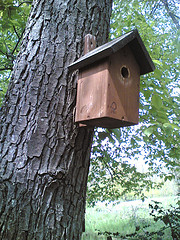
When designing an ecological landscape, the vertical levels should be emphasized since they are very important for wildlife survival. The following levels should be considered: soil, ground cover/herbaceous (e.g.: perennials, grasses), understory (small trees and shrubs) and canopy (large trees). Creating plant diversity in the various levels will benefit more animal species since various species have different requirements for their survival. Greater biodiversity helps to keep the ecosystem in balance by keeping various pests under control. Also, if more heavily planted, weeds will be less able to take hold and grow. It should be noted that soil provides the base for plant life and organic care of the soil through mulching, amendments, and organic fertilization is important for the proper function of an ecosystem.
An important first step to take is to reduce the size of the lawn area to make a more ecologically beneficial landscape. Lawns require a lot of resources (time, energy, chemicals, water) to maintain yet sometimes provide little benefit for wildlife. Lawn chemicals contaminate waterways, poison animals and disrupt the soil ecology. Mowing lawns contribute to greenhouse gas emissions and other pollutants. Rainwater runoff, from lawns, is greater than naturalized/ landscaped areas because of soil compaction and lack of vegetation. This increase in runoff reduces groundwater recharge and increases flooding.
Native plants are both very important for the environment and are vital for planning an ecological landscape. These are plant species that are indigenous to a particular region and have evolved over thousands of years to grow and thrive in the climate, soils and geology of that region. They have co-evolved with the animals, fungi and bacteria to form a complex ecosystem where all parts are interdependent. Since native plants are adapted to a particular region, they should require less maintenance from the homeowner once they are established.
When planning your ecological landscape for wildlife, four needs should be considered: food, water, cover and nesting.
Plants are the base of the food chain therefore what we plant is very important. Plants provide nectar, fruit, seeds, and leaves as sources of food. Care should be taken when selecting plants so that different sources of food become available during different times of the year. Flowers produce nectar and pollen, which provide food for hummingbirds, butterflies and bees. Bees, important pollinators, have been under environmental stress in recent years – planting to help them is very beneficial. Native plants are an important source of food for butterfly larva and other insects that birds depend on for food. Insects indirectly make plants an available food source to a variety of wild birds and other animals. Seeds and nuts are very important for birds and mammals to survive during cold weather. Reducing deadheading of perennials will help provide more seeds as a food source.
Water is a necessity for all life and should be included in the landscape, especially during extreme weather. Water features also provide an interesting focal point in the landscape. Larger water features such as ponds or streams can a complete habitat for many aquatic organisms. A simple birdbath or dish will provide a good water source for many small animals. Butterflies can get much of their water from the nectar in flowers or from mud puddles. Water also provides a place for birds to bath for both cleaning and cooling. Running water, such as waterfalls or fountains, produce a relaxing sound as well as attracts wildlife.
Cover is the next critical element required for wildlife. The various levels in the landscape, as aforementioned, will provide cover for more types of wildlife. It is good to provide a combination of evergreen and deciduous plants. In the winter, evergreen trees and shrubs provide cover when the leaves of deciduous ones have fallen. Thorny plants provide an additional level of protection from predators. Rock piles and brush piles also provide cover for small animals such as chipmunks and salamanders.
Nesting sites are also a necessity for wildlife. Once again, the vertical structure of the landscape is important by providing various locations for different species to breed. The shrub level is the area most used by birds. Some birds nest in the cavity of large trees. Since most large trees are cleared from the suburban landscape, nesting cavity sites are greatly reduced. Nesting boxes can be installed to provide nesting cavities for birds such as swallows, chickadees and eastern bluebirds. The size of the box and entrance hole helps to control what species of bird uses the box. These boxes should be cleaned out yearly for repeated nesting.
In today’s fast-paced society many people have lost their connection with nature. “Biophilia”, according to biologist E.O. Wilson, describes “the connections that human beings subconsciously seek with the rest of life.” This explains why most people care about plants and animals and have them in their homes. No matter how advanced society becomes, we are still part nature’s web-of-life and what we do to it will have an affect on us. Making the home landscape more ecologically beneficial to wildlife will help to restore a part of the natural environment. Spending time in an ecological landscape can help us reconnect with nature on physical, mental and spiritual levels.
For further reading on this subject:
1) Bringing Nature Home: How Native Plants Sustain Wildlife in Our Gardens. Douglas W. Tallamy. 2007
2) Landscaping for Wildlife in Pennsylvania. Marcus Schneck.
Ron Dellapenna is a professional landscaper and avid reader of Green Living Journal Vermont. He picks up a copy every time he heads north to play in the snow.

